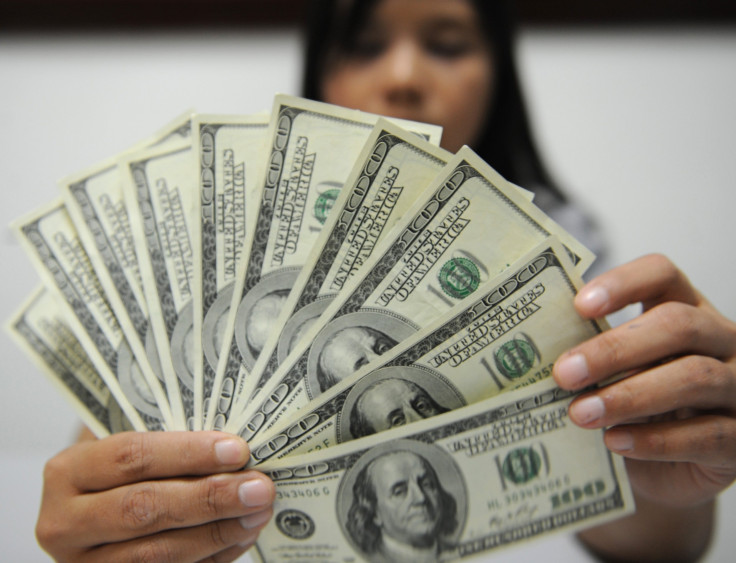The 1 Percent: How Men and Women Compare in the Top Income Brackets

How unequal is the top 1 percent when it comes to gender? A research paper published last week shows while the old glass ceiling on women's earnings is thinner than it was in the 1980s, there's still a pretty sharp divide between men and women in the uppermost income brackets.
"[R]egarding recent trends in top earnings, we find that although large strides have been taken toward gender equality at the top of the distribution, very large differences between males and females still remain,” the authors of a National Bureau of Economic Research working paper wrote.
"The Glass Ceiling and the Paper Floor: Gender Differences Among Top Earners, 1981-2012" examines a sample of individual earnings histories from the U.S. Social Security Administration. Authors Fatih Guvenen, Greg Kaplan and Jae Song looked at gender composition within the top 1 percent and the top 0.1 percent.
Since the early 1980s, the increase in women top earners has been "striking," the researchers said. From 1981 to 1985, women “constituted just 1.9 percent of the top 0.1 percent of earners based on average earnings during the period and just 3.3 percent of the second 0.9 percent of earners,” the paper said.
Three decades later, in analyzing the five-year window from 2008 to 2012, “the corresponding shares of females had risen to 10.5 percent and 17 percent, respectively,” the authors found.
Once women become top earners they are also more likely today to remain top earners than they were in the early 1980s. This is what the authors refer to as the "paper floor": the likelihood of dropping out of the top-earnings groups, back into the bottom 99 percent, within one year.
"In 1981 this probability was 64 percent for women in the top 0.1 percent and 74 percent for women in the second 0.9 percent," the paper states. "However, for men these probabilities were much lower: 24 percent for the top 0.1 percent and 43 percent for the top 1 percent."
Yet since that time, the paper floor "has been largely mended," the researchers found. Today, women top earners are "no more likely than men" to drop out of the top earning groups.
Despite these gains, though, the gender balance among top earners remains deeply skewed.
"Even in 2012," the authors said, "a working woman was only 12.2 percent as likely to be in the top 0.1 percent of the earnings distribution as a working man was, and the shares of females in the top percentiles were below 15 percent for the top 0.1 percent, and below 20 percent for the second 0.9 percent."
© Copyright IBTimes 2024. All rights reserved.




















